Archaeologists in Kazakhstan have made an impressive discovery, unearthing over 1,000 artifacts from burial mounds in the Atyrau region, consisting primarily of gold jewelry, weapons, and ceramics. These findings, dated to the 5th century BCE, suggest that the area was not a peripheral region but rather an important center of Sarmatian culture.
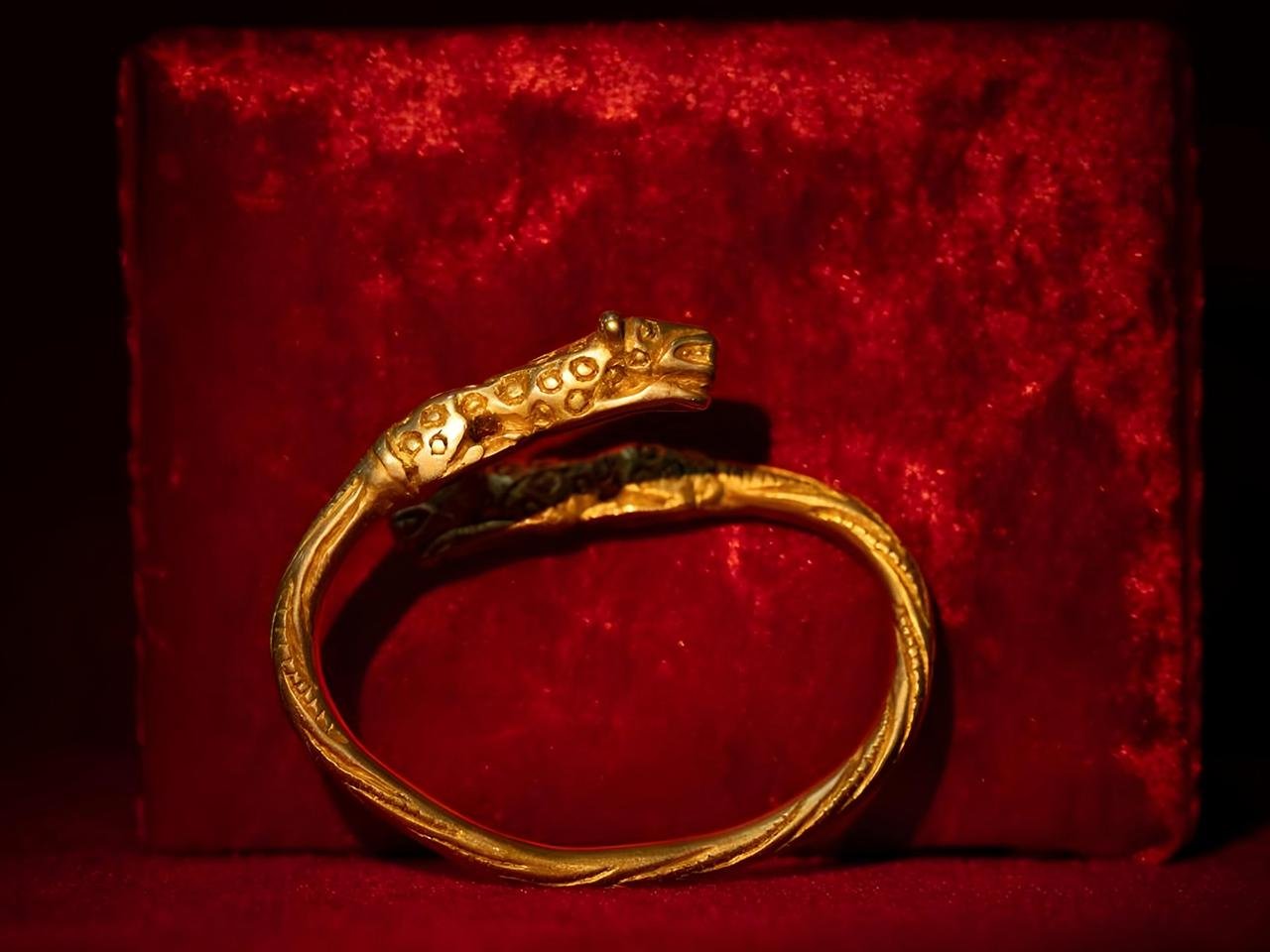
The excavations, conducted between 2023 and 2024, focused on three burial mounds known as kurgans, including the prominent “Karabau-2” site. The kurgan is situated about 10 kilometers north of the pueblo of Karabau in the Qyzylqoga district, measuring 70 meters in diameter and rising three meters in height. Within it, nine graves have been discovered: seven of these were very well preserved. Based on the artifacts and burial customs, experts believe these mounds served as burial sites for the interment of high-status individuals, possibly even Sarmatian royalty.
Perhaps the most striking discovery was a 370-gram gold bracelet with elaborate depictions of mountain leopards, along with more than 100 gold ornaments of Sarmatian animalistic style. Such art designs featured leopards, wild boars, and tigers, which testify to the artistic traditions and symbolic motifs of the ancient nomadic people.
The Sarmatians, an ancient Iranian equestrian nomadic group that dominated the Eurasian steppes from the 5th century BCE. to the 4th century CE, were known for their warrior culture and elaborate metalwork. They were significant in the history of the region and at times interacted with bordering civilizations like the Romans and Persians. Some Sarmatians would later ally with the Goths and serve as cavalry within the Byzantine Empire.
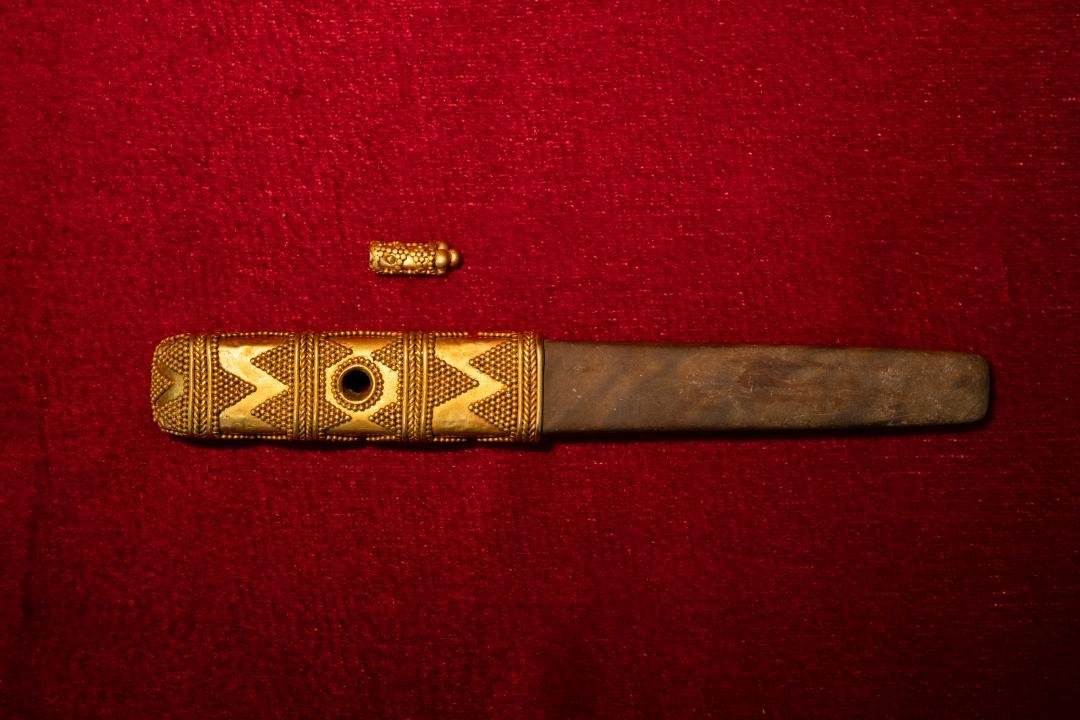
Along with gold artifacts, archaeologists found iron and bronze weapons, silver pictograms depicting a saiga antelope and a wolf, and ceramics. Among these were two wooden bowls that were exceptionally well-preserved, an extraordinary rarity in Kazakhstan due to the tendency of wood to decay. Two black touchstones with gold handles were also recovered, likely used to test the purity of precious metals.
The excavations also extended beyond Karabau-2 to the adjacent Karakuduk-1 and Karakuduk-2 mounds, where further graves were discovered containing jewelry, household items, and weapons. Each mound contained between ten to fifteen graves, indicating the area’s further importance within Sarmatian society. The graves reveal that the Sarmatians followed Tengrist religious beliefs and were buried with personal belongings, including weapons and ornamentation.

The archaeological team consisted of 20 workers and five museum staff members, who collaborated with anthropologists from Astana and Almaty. Although the burial mounds near Karabau were first recorded in 2005, the recent excavations have added to the understanding of Sarmatian history. Experts estimate that about 500 Sarmatian burial mounds remain in the Atyrau region.
The importance of these discoveries was emphasized at the “Sarmatian Gold” exhibition, where experts presented their findings to the public.
More information: Government of Kazakhstan



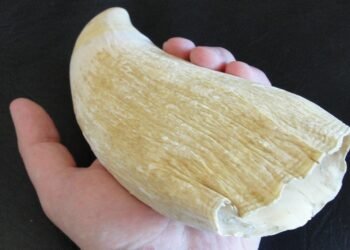
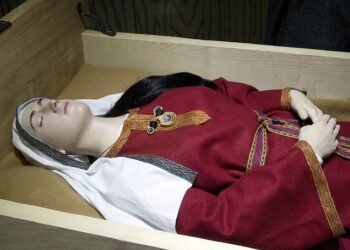
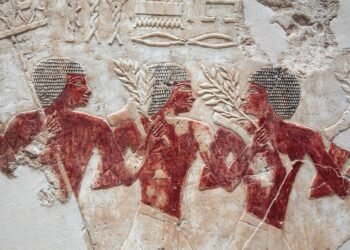

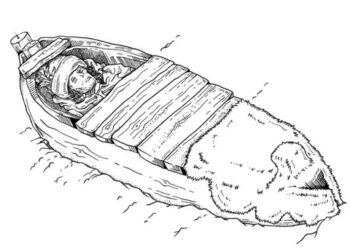
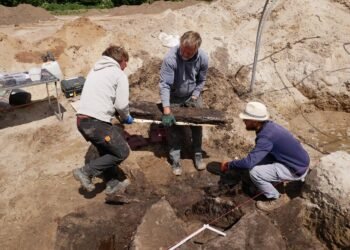
















Comments 0